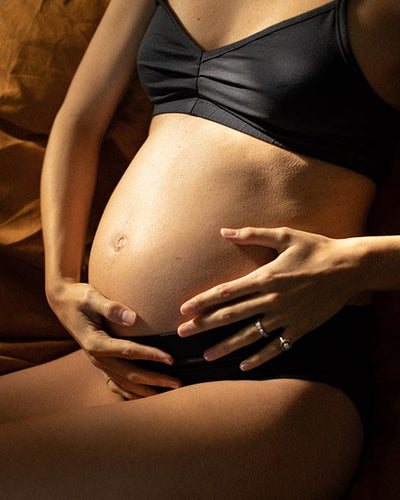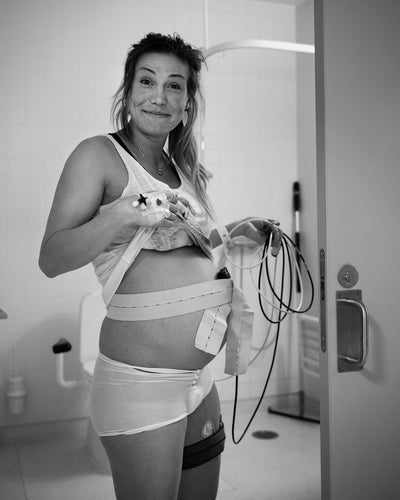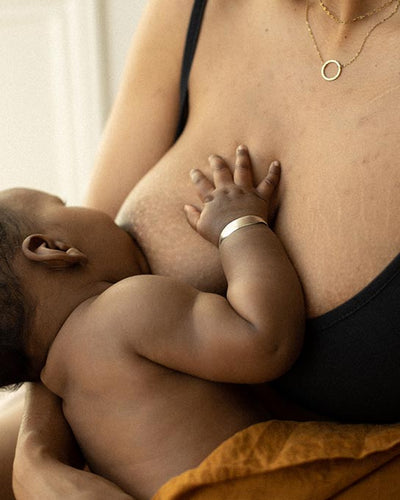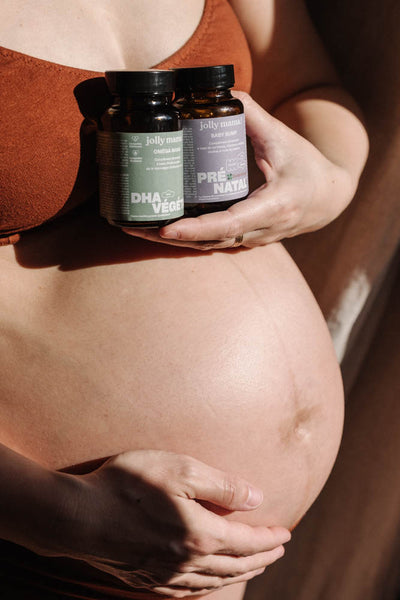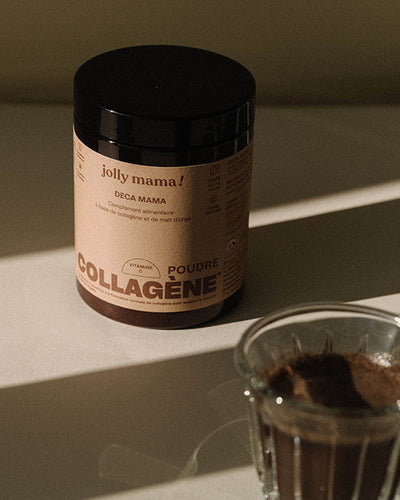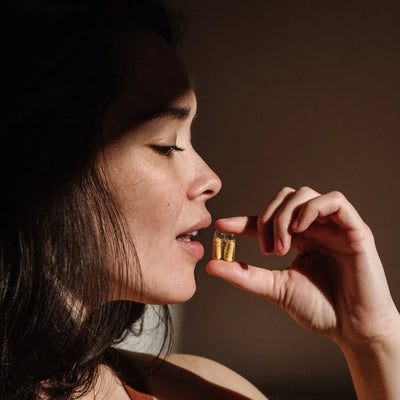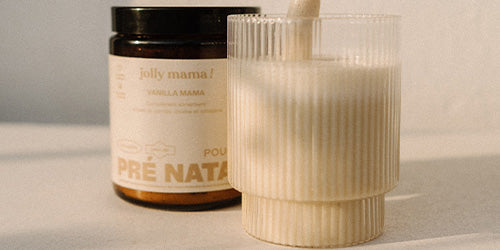L’apport satisfaisant en choline est de 400 mg/j pour les femmes et de 480 mg/j pour les femmes enceintes [2].
En France, les femmes consomment en moyenne 291 mg de choline par jour, ce qui est bien en dessous de l’apport satisfaisant [3]!
Le transport de la choline de la mère au fœtus épuise la choline du plasma maternel chez les êtres humains.
La production de choline par le corps est faible, mais elle augmente en présence d'œstrogènes. Pendant la grossesse, les concentrations d'œstrogènes augmentent de façon spectaculaire à terme. Cependant, malgré la capacité potentiellement accrue de l'organisme à synthétiser la choline dû à la hausse des oestrogènes, les données suggèrent que la demande du fœtus et du nourrisson est si élevée que les réserves maternelles sont épuisées pendant la grossesse et l’allaitement [4].
Par ailleurs, les dernières données suggèrent que des apports en choline seraient près de DEUX fois supérieurs aux recommandations actuelles (930 mg contre 480 mg) pendant la grossesse [5]!

